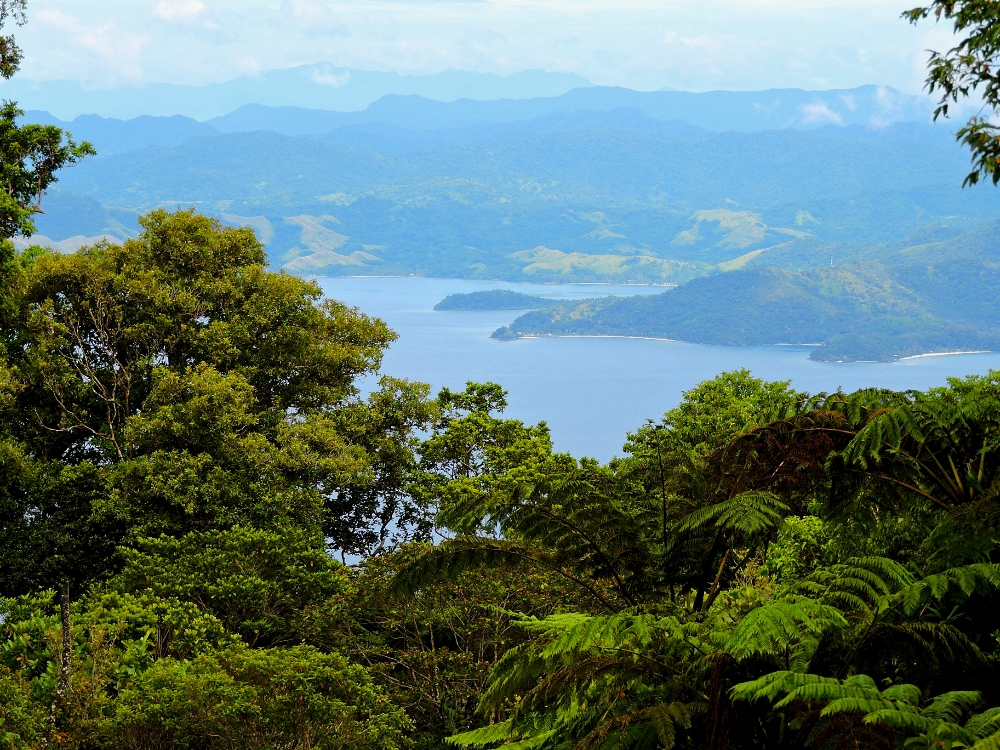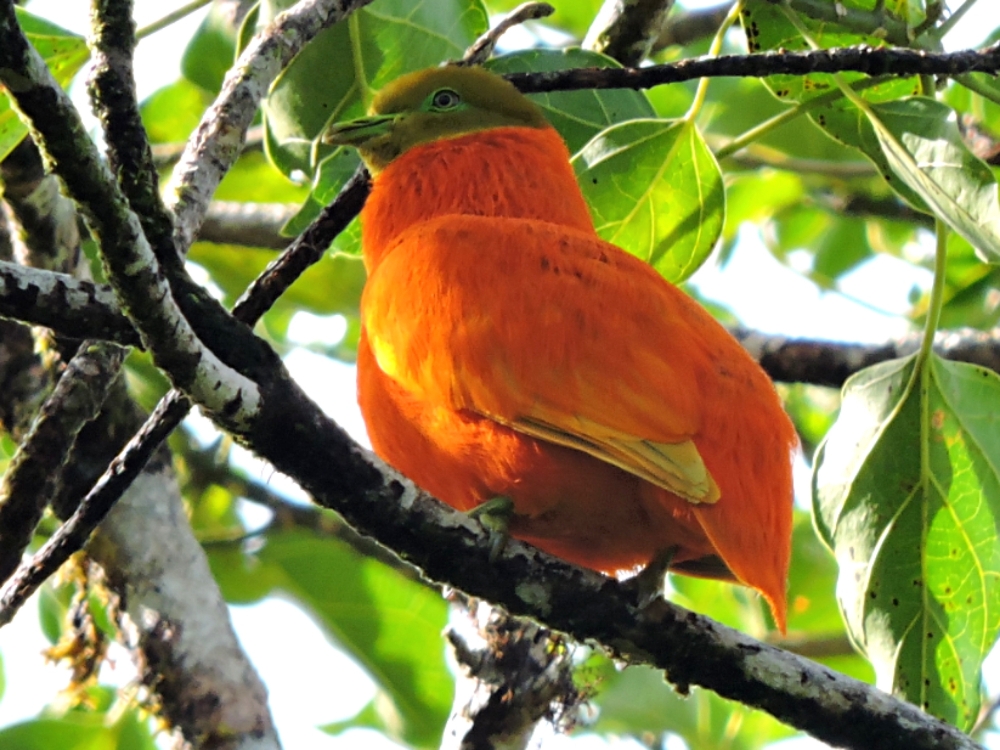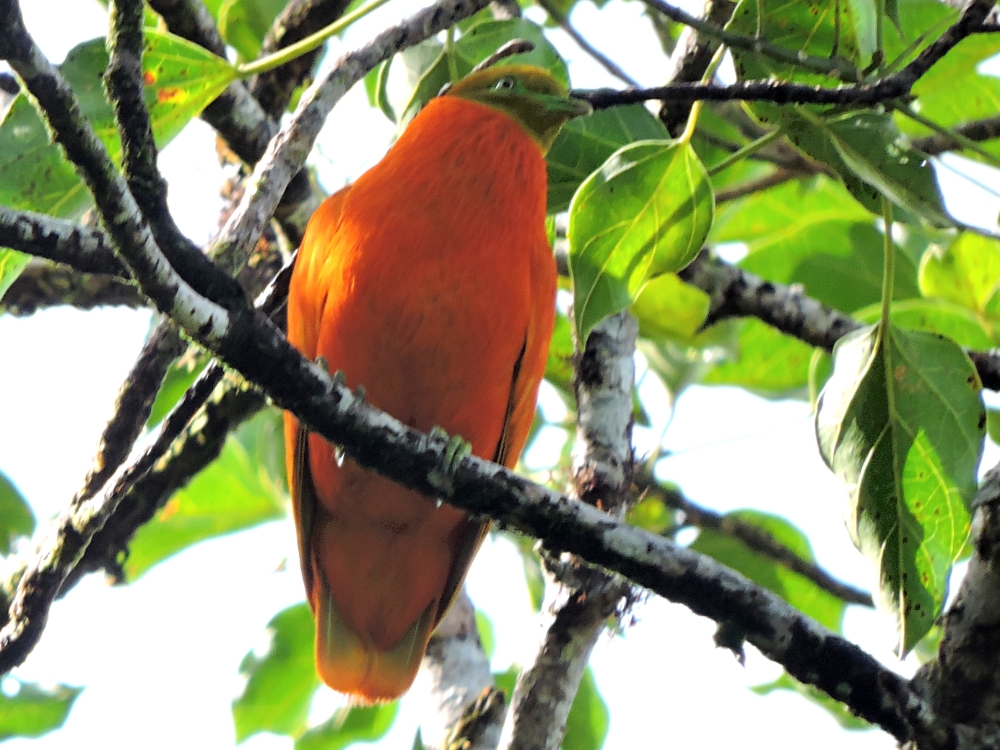For a long time, I thought it was not going to happen. In this case, by it
I mean the only one of my main goals for the World2 Tour that I was distinctly motivated to achieve. Specifically, that I would try to see One Thousand new Life Birds while the Tour was underway. In the first third of the Tour, success seemed unlikely. North America gave me some great species, but that was my home territory, so the numbers available were never going to be high. The Neotropics upped the game significantly, but because I had already spent a considerable amount of time in that region I was not able to catch up to a desirable pace as much as I would have liked. Then came Europe, a fascinating continent, but one with a comparatively sparse list of bird species. To make matters worse, shortly after I arrived there, the globe decided to close down for an undetermined period of time. At that point, my prospects for success appeared grim.
Then I went to Africa. With my itinerary there focused more meticulously on birding, I hit the jackpot, and when I left that continent I felt reinvigorated with the new-found likelihood of eventually seeing a chiliad of birds. Thailand contributed nicely to that task, and when I departed there, my total stood at nine hundred twenty-seven. I knew then that it was just a matter of time. Of course, reality has a way of interfering with the best laid plans, and that period of time turned out to be surprisingly long, as my route then took me to a few locations that did contain some excellent birds, but generally small numbers of species overall. Not to mention the fact that, shortly thereafter, the Tour included an unexpected two and a half months on virtually birdless Guam. That meant that a significant amount of patience would be needed, something that I am now quite used to. Leaving Korea, my tally stood at nine hundred fifty-one. Consequently, it was not until several months later that Palau took me up to nine hundred seventy-five. Tantalizingly close.
I was able to determine that my next destination had around fifty resident terrestrial species typically seen by other birders, so I knew that this long-existing goal would soon be overcome, even with just a modest amount of success. Once I had arrived, as usually happens, several of the more common species were seen right away and they inched me closer. For a while, I had been considering the possibility of trying to ensure that the thousandth species would be something extraordinary, and there were several good possibilities in the country where I was located. Of course, that is a rather pointless exercise, since one thousand is just a number like any other. However, apparently I am not immune to such trivial concerns, and I was beginning to worry that number one thousand might turn out to be some drab Little Brown Job, or worse, some skulker, or perhaps a brief fly-over, that would not permit me to obtain a pleasing photograph. For a brief time, I wondered if I should actually try to avoid seeing something particularly ordinary when the critical moment was upon me. With experience, however, I knew that actions such as that can often backfire.
Before long I was at a count of nine hundred ninety-eight species, with a visit to one of the area’s best birding sites planned for two days hence. At that location, three top-level species can often be seen and any of those would have been an excellent candidate to put me over the top. Additionally, there were also six or seven other potentially-sightable species that, while not quite as unique or visually spectacular as the others, would have been acceptable. As it turned out, during the intervening day, while out for some recreational, rehabilitational cycling, I actually saw one of the big three. It was a noisy bird, perched fairly high in a big tree, and it took me at least fifteen minutes to finally locate it, during which time I seriously considered aborting the attempt so that it might be number one thousand later on. Fortunately, I discounted that foolish idea. For, while I did see the same species a handful of times the next day, none of those observations provided any opportunities to try for images of the birds. Therefore, that excellent species, to be revealed later, will sit nicely at bird nine hundred ninety-nine.
The next day was the big day. Birding the site in question involves being taken up to the top of the highest peak of the island where I was staying as early as possible in the morning, then walking back down along an eight-kilometer-long unmaintained, steep, rocky, road. The morning was refreshingly cool, and there was plenty of good habitat, as well as some impressive views, so I was definitely enjoying myself.

There were many birds noisily fluttering about in the forest, but, in general, they were not really cooperating in terms of giving me decent observations. It was not until a little later, after I had descended a short distance, to a place that was recommended to me, that one of the main targets appeared in a way that gave me my first unambiguous-in-the-field sighting for the day, thereby becoming the long-sought-after Bird Number One Thousand!
It was Orange Dove!


You might think that a bird that is befeathered in Emergency Orange plumage would be easy to see, but this one isn’t. I feel immensely gratified that such an impressive bird, certainly one of the World’s best Doves, chose to present for me on that morning, and so became the One Thousandth Bird of the World2 Tour. This species exists only on a cluster of a few smallish islands and, in addition to the normal-bird qualities, like shyness, the Orange Dove is hard to see because it’s numbers were apparently significantly reduced when a super-cyclone tore through this region about five years earlier. I certainly hope that the species can recover in the forthcoming years, since I would be very sad if another beautiful bird of the Tour became one that is living under a risk of extinction.
It seems like such a long time since a little Lark Bunting became the first bird of the World2 Tour, and indeed it has been, with numerous changes and pitfalls occurring along the way that made this event seem uncertain. So many birds were seen during this Tour that it is almost hard for me to comprehend the total, in retrospect. Some were just as spectacular as this example, while others were much more mundane and less memorable. However, they are all valued, and they all count. With the Tour, presumably, winding down in the not-too-distant future, another thousand species is out of the question. However, there are several other beautiful species yet possible in my current location, and with at least one, possibly a few more, other countries still to come, I most likely will add a number of additional species to my total and, hopefully, some will be just as pleasing as this one.